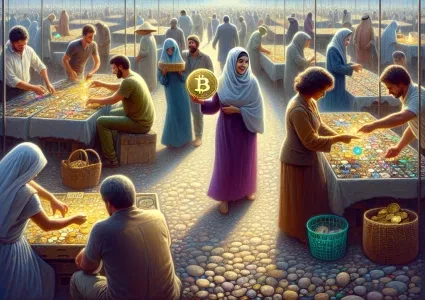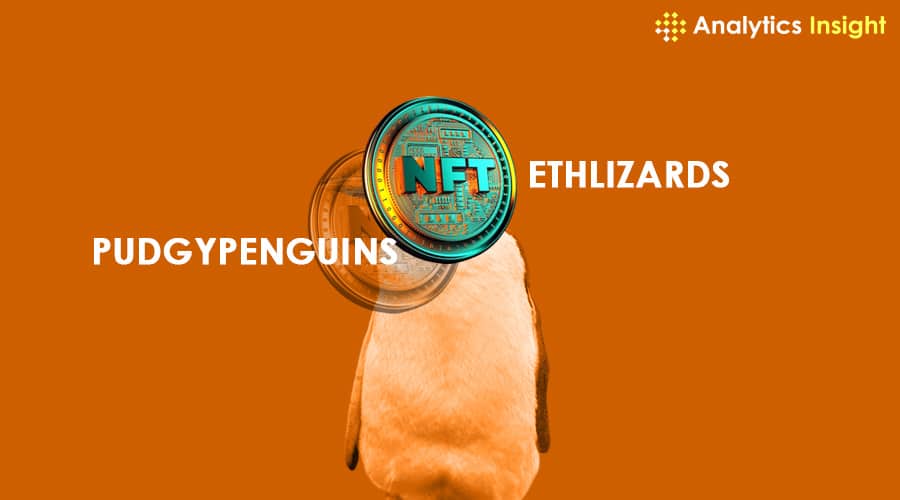
Is the era of non-fungible tokens (NFTs) coming to an end? A recent article from Rollingstone.com seems to suggest so, claiming that NFTs are now “totally worthless.” This eye-catching post has garnered attention and is currently trending on the website and Google itself. However, while there is some truth to the claim that many NFTs hold no value, it is not an accurate representation of the entire market.
According to a study by dappGambl, out of a sample of 73,257 NFT collections, 95% of them have a market cap of zero ETH. This means that the majority of NFTs are indeed worthless. The study also highlights that 23 million people now hold NFTs with no value, which is undoubtedly tough for those investors. However, it’s important to note that not all NFTs fall into this category.
The study mentioned in the article also reveals that only 21% of the collections included in the study can claim full ownership, meaning that four out of every five collections remains unsold. This indicates that buyers are becoming more discerning and are looking for NFTs with clear use cases, compelling narratives, or genuine artistic value.
While trading volumes for NFTs have undoubtedly decreased, they are not non-existent. Data collected by The Block indicates that trading reached approximately $63 million last week. Although this is significantly lower than the $360 million-plus weekly volume seen in February, it is still a notable figure.
Furthermore, the article fails to acknowledge the 5% of collections that are actually valuable. For example, the Bored Ape Yacht Club NFTs continue to trade respectably, with an average price of about $42,000. These examples demonstrate that there are still valuable and sought-after NFTs in the market.
This article sheds light on the tendency of mainstream media to focus on extremes and sensationalize headlines. Rollingstone.com itself has previously published articles proclaiming the value and potential of NFTs or promoting their own tie-up with NFT collections. It’s crucial to recognize that the real world is nuanced, and the media’s portrayal of an industry does not always reflect its true state.
This phenomenon has led many in the crypto community to disregard the news cycle and focus on building and developing useful applications for the technology. The enduring nature of Bitcoin, despite numerous claims of its demise, exemplifies this point. NFTs, as a technology that enables the tracking and trading of digital and physical items, have wide applicability beyond just the art market.
While the perception of NFTs may fluctuate and some may falter in value, the idea behind them remains valuable. The article serves as a reminder that media publications should strive for more balanced and nuanced reporting to maintain credibility. Ultimately, it is the developers and builders who determine the usefulness and potential of a technology, not the headlines from journalists.






